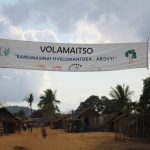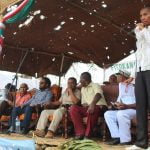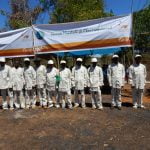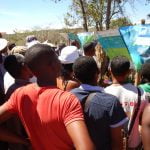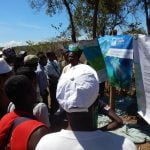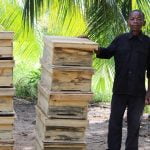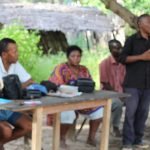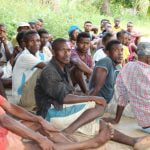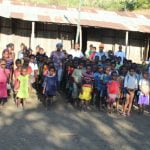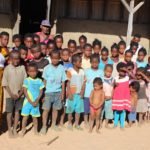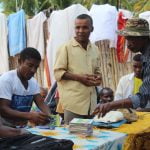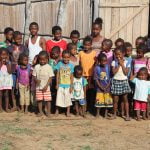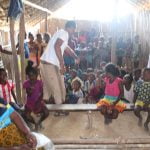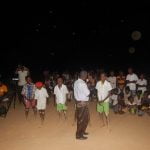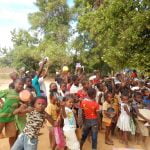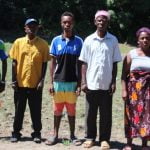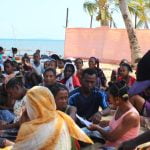Policy Case Study
Communities Come Together to Conserve Dugongs and Seagrasses in Madagascar
The conservation of dugong populations and their seagrass habitat depends as much on the engagement and involvement of local communities as on scientific research and legislative measures. Without their support, the longevity of any such measures to conserve these species is grossly undermined.
Therefore, alongside its other engagement activities, the Dugong and Seagrass Conservation Project emphasised the need to instil good governance practices in local communities in all eight project countries. These practices serve to embed the sustainable use of marine resources in everyday actions of community members, both today and in the future, reducing the threats to dugongs and their habitat whilst ensuring the prosperity of those who rely on marine resources for their survival.
By inspiring and empowering local communities in this way to take responsibility for their natural resources through environmental stewardship, the Project sought to establish a platform from which generations of guardians may ensure precious marine resources are maintained and responsibly exploited.
| MG4 | Project Facts |
|---|---|
| Title: | Integrated approaches to enhance the conservation of dugongs and seagrass ecosystems in Sahamalaza areas. |
| Project Type: | Policy. |
| Project ID | MG4-2108. |
| Objectives | To improve the protection of endangered dugongs and their seagrass ecosystems along north western coastlines in Madagascar through community-based monitoring, capacity building and an applied conservation strategy. |
| Country: | Madagascar. |
| Lead Partner: | COSAP Sahamalaza Miaro Dugong. |
| Supporting Partners: | MNP Sahamalaza. |
| Implementation Period: | July 1, 2015–September 30, 2018. |
| GEF Funding: | US $129,673.56. |
| Partners' Funding: | in-kind, $85,000; cash, $11,050. |
| Relevant global project components: | Component 1 – Improved site-level management at globally important sites for dugongs and seagrasses; Component 2 – Development of incentive mechanisms and tools to promote conservation and sustainable use of dugongs and seagrass ecosystems; Component 3 – Removal of knowledge barriers. |
Locally-led community stewardship
Over-exploitation of marine resources is a key threat to the health of the seagrass habitat dugong populations rely on worldwide . Often this takes the form of harmful fishing practices, which can be driven by simple hunger just as often as a general lack of awareness of the delicate balance required to ensure marine resource sustainability. Unsustainable fishing practices often pose a direct threat to seagrass habitats owing to the damaging effects of the equipment used or the lack of seasonal fishing regimes.
By inspiring and empowering local communities in this way to take responsibility for their natural resources through environmental stewardship, the Project sought to establish a platform from which generations of guardians may ensure precious marine resources are maintained and responsibly exploited.
These practices have been identified as being among the main causes for the decline of dugongs and their seagrass habitats throughout their range, including in Madagascar, where severe, widespread poverty and lack of food and income sources have led to over-reliance on fishing as a means of survival for individuals and communities. In such cases, conservationists face immense challenges in convincing communities to relinquish short-term gains by adopting measures to ensure the sustainability of natural resources for future generations.
Under these difficult circumstances, however, the DSCP initiated a community stewardship project in the Sahamalaza Biosphere Reserve marine park in Madagascar to increase awareness and provide the capacity for local communities to adopt more sustainable practices.
Launched by a special Sahamalaza Miaro Dugong COSAP (Committee for the Management of Protected Areas) in 2015 , the 3-year project sought to engage local people in conservation by establishing 14 Community Conservation Groups (CCGs) in the reserve with a combined membership of 138 people. Together, these CCGs adopted a broad range of local conventions (or dina ) to support the local management of marine resources.
Dina are traditional community regulations mandating the efficient management of natural resources; once recognised by the courts they become tantamount to law and apply to all. They are created through local committees by way of a lengthy negotiation process which results in a community-consented agreement on the management of habitats and resources. This process is highly sensitive and often controversial, given the desperate lack of resources and livelihoods in the region.
Despite the length, complexity and sensitivity of this process, the DSCP project successfully supported the establishment of 16 separate dina, regulating the approval of acceptable fishing gear and practices in the reserve, specifying fishing seasons, delineating both temporary and permanent no-take zones and identifying protected species. Those who contravene these regulations now receive substantial fines, the proceeds of which are allocated to community enhancement activities.
Through its engagement with the CCGs, the project also sought to introduce alternative livelihoods to relieve the overwhelming pressure on local marine resources driven by debilitating poverty in the project area. Local discussions on the subject resulted in apiculture start-ups that led to the establishment of 43 beehives for honey production as well as infrastructure projects to improve access to potable water and provide a much-needed primary school building.
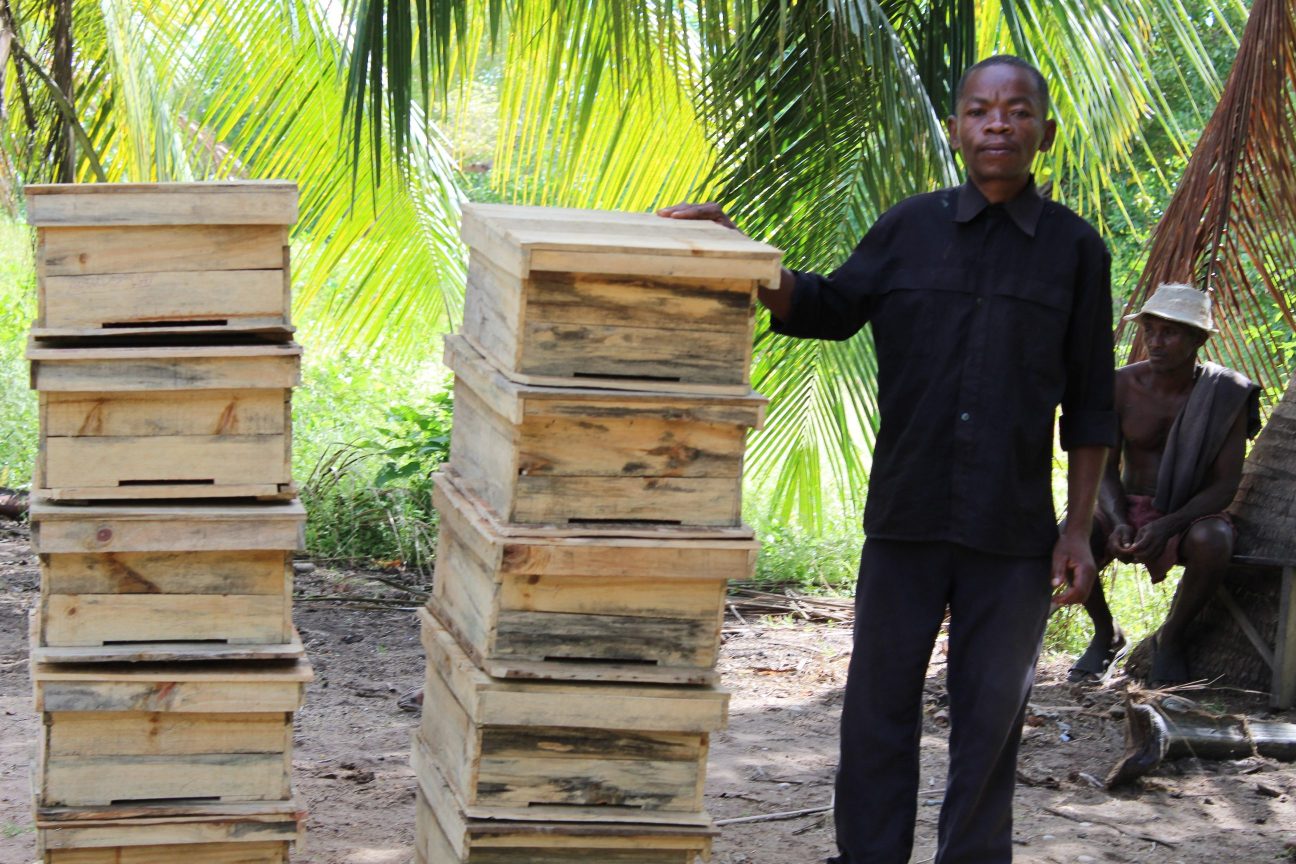
As in the other areas around the world that host dugong populations, the DSCP in Madagascar also delivered education and outreach activities to assist local stakeholders in understanding the importance of dugong and seagrass to local livelihoods, and to engage the school-age generation who will sustain the reserve and associated community structures in the future.
These included the launch in 2016 of the first ever Dugong Festival in the country, supported by local communities and COSAP Sahamalaza under the motto: “Hasondrontsika miaraka ny fiarovana ny trozogno agnatin’ny hoban’ny Sahamalaza” (Together we enhance the conservation of dugong and seagrass in the coastal zone of Sahamalaza). The festival featured film screenings, a contest for school children and a football tournament with a view to raising awareness of the importance of preserving the marine environment among all sections of society.
Despite the length, complexity and sensitivity of this process, the DSCP project successfully supported the establishment of 16 separate dina, regulating the approval of acceptable fishing gear and practices in the reserve, specifying fishing seasons, delineating both temporary and permanent no-take zones and identifying protected species.
The festival drew more than 1,000 people – including regional officials, NGOs, traditional authorities, school children, migrant fishermen, and local private partners – and the event was filmed by the national Radio and Television Station for viewings elsewhere in the country. Such was the success of the festival in 2016, a second edition was held in 2018.
Complementing the project’s engagement activities, a new locally-managed marine area (Ambatolava LMMA) was established in Nosy Berafia – an area within Sahamalaza frequented by dugongs – and community members were trained in seagrass and dugong monitoring in seven villages within the reserve. These monitoring activities revealed that dugongs still inhabit the coastal waters of Sahamalaza but only in small numbers – a total of eleven observations of dugongs were recorded – whilst seagrass was found to cover an area of 6,465 Ha in the reserve.
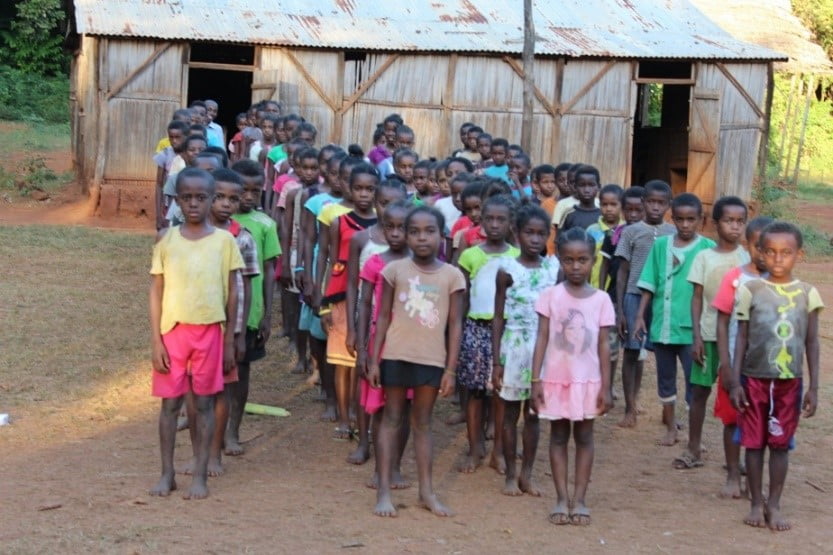
Empowering women through conservation
Throughout the activities of the DSCP in Madagascar, the project sought to empower women to become more engaged in community-based discussions and conservation actions. This was a challenging prospect, given that the highly patriarchal nature of Malagasy society and its traditional social organisation in rural areas pose significant barriers to female involvement.
Over the three years of its implementation, the project partners were able to encourage this participation through respectful discussions and interactions with communities in the project area. As a result, women accounted for around 31% of attendees at community meetings organised in the villages of the Sahamalaza Biosphere Reserve, as well as for roughly 20% of members of the CCGs governing the conservation of dugongs and seagrasses.
Throughout the activities of the DSCP in Madagascar, the project sought to empower women to become more engaged in community-based discussions and conservation actions.
They also represented 27% of the 157 apiculture trainees in the three fishing villages targeted by the alternative livelihood component of the project, all in support of the broader aim to mainstream the roles of women in the national development of all DSCP project countries.
The basis for lasting change
Noticeable behaviour change was seen in Madagascar as a result of the DSCP project activities there, which also revealed and empowered a genuine commitment by local people to protect their natural resources – including dugongs and seagrass – through community-based management.
By establishing the tools with which to manage their local marine resources in a sustainable way (the LMMA, CCGs and local dina), and providing opportunities for alternative livelihoods in apiculture that relieve the immediate pressure on these resources, the DSCP in Madagascar has delivered a platform for long-term behaviour change toward the exploitation of marine resources.
It also provides a successful conservation model that is highly replicable in other areas of importance to dugongs worldwide, particularly given the limited resources and small number of individuals involved in delivering the project activities in the Sahamalaza reserve.
Above all, the deep involvement of local communities in every single stage of the project, from its day-to-day implementation in terms of conservation, monitoring and law enforcement activities, through to its overall decision-making, represents the key to its success and the most valuable contribution to dugong and seagrass conservation in Sahamalaza.
This approach encapsulates the wider aims of the Dugong and Seagrass Conservation Project as a whole – to initiate lasting change that will ensure the survival and ultimate success of these most enigmatic of species and their vital marine habitats across the globe.
